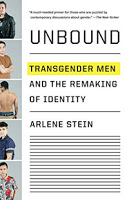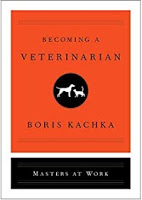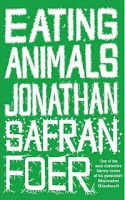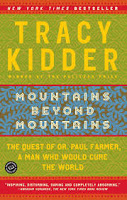by Hope Jahren
This was great. It was not what I expected all round- I delighted in reading about experiments on the lives and methods of plants (especially details about tree biology, which read as little independent essays), how Jahren and her fellow scientist Bill came up with their ideas, the meticulous work involved, the scrounging for lab equipment and funding, the long hours and sleepless nights, the road trips and field work . . . What took me by surprise was to find myself also reading about mental illness, the mania and depression of bipolar described very frankly. And to read a birth story when she had her son. It kind of all is one long birth story- the story of how Jahren found her life\’s work in science, and struggled to grow into the best person she knew to be, doing the best science, hoping it would all get seen someday. Some parts are laugh-out-loud funny, some parts are very tense, and some incredibly insightful. Definitely keeping this one to enjoy and learn from again. Wish I could say more about it but not finding a lot of words right now. It is rather significant the things the author did not tell throughout this memoir, but they didn\’t really bother me until I read some other reviews and thought about them more. For example: she tells about a nearly-disastrous, ill-planned road trip to a conference where she\’s supposed to present a paper, but then there\’s nothing about the conference and only one comment about the presentation itself. Hm. Well, I liked it regardless. Might read it more closely next time. There will be a next time.











